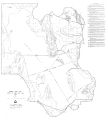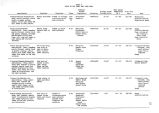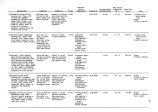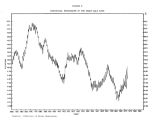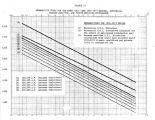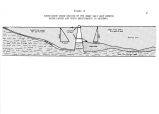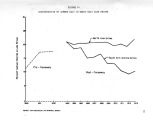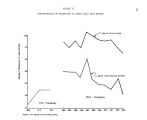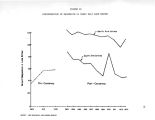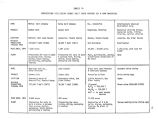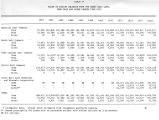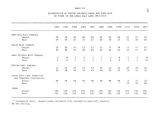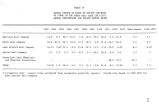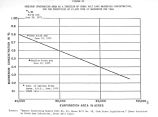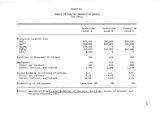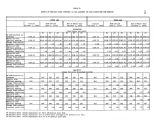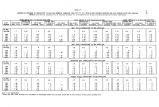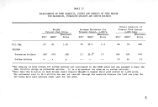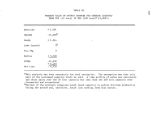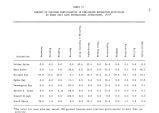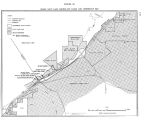| OCR Text |
Show 36 CLIMATE Macro- Climate Although much more is known about the Great Salt Lake macro- climate than the micro- climate, both are known to be affected by the physiography of the area. Concerns of the macro- climate include temperature, precipitation, humidity, wind, snowfall and evaporation. Influence on the climate of the Great Salt Lake Basin is dominated by the Sierra Nevada Mountains about 500 miles to the west and the Rocky Mountains several hundred miles to the east. The mountain ranges forming the west coast chain modify the character of winter storms which move across the Great Salt Lake Basin. Most of the moist Pacific air which brings winter precipitation to the Basin must move across these mountain barriers with consequent loss of moisture, accounting for the aridity of the Great Salt Lake Basin. The Rocky Mountains to the east also have a marked moderating influence on the climate of the Lake Basin. The mountains prevent the westward penetration of all but exceptionally strong outbreaks of cold continental air. These cold masses which sweep across the central states in winter begin in the snow- covered plains of northern Canada and the ice- covered wastes of the Artie. As another result of the topography of the Basin, air over the surrounding mountain slopes is cooled during the long winter nights by the relatively colder surfaces of the slopes. This colder air flows down the slopes and canyons and collects in the bottom of the Basin, just as the water of old Lake Bonneville once did. This pool of cool air over the bottomlands of the Basin continues to lose heat. Often strong |




























